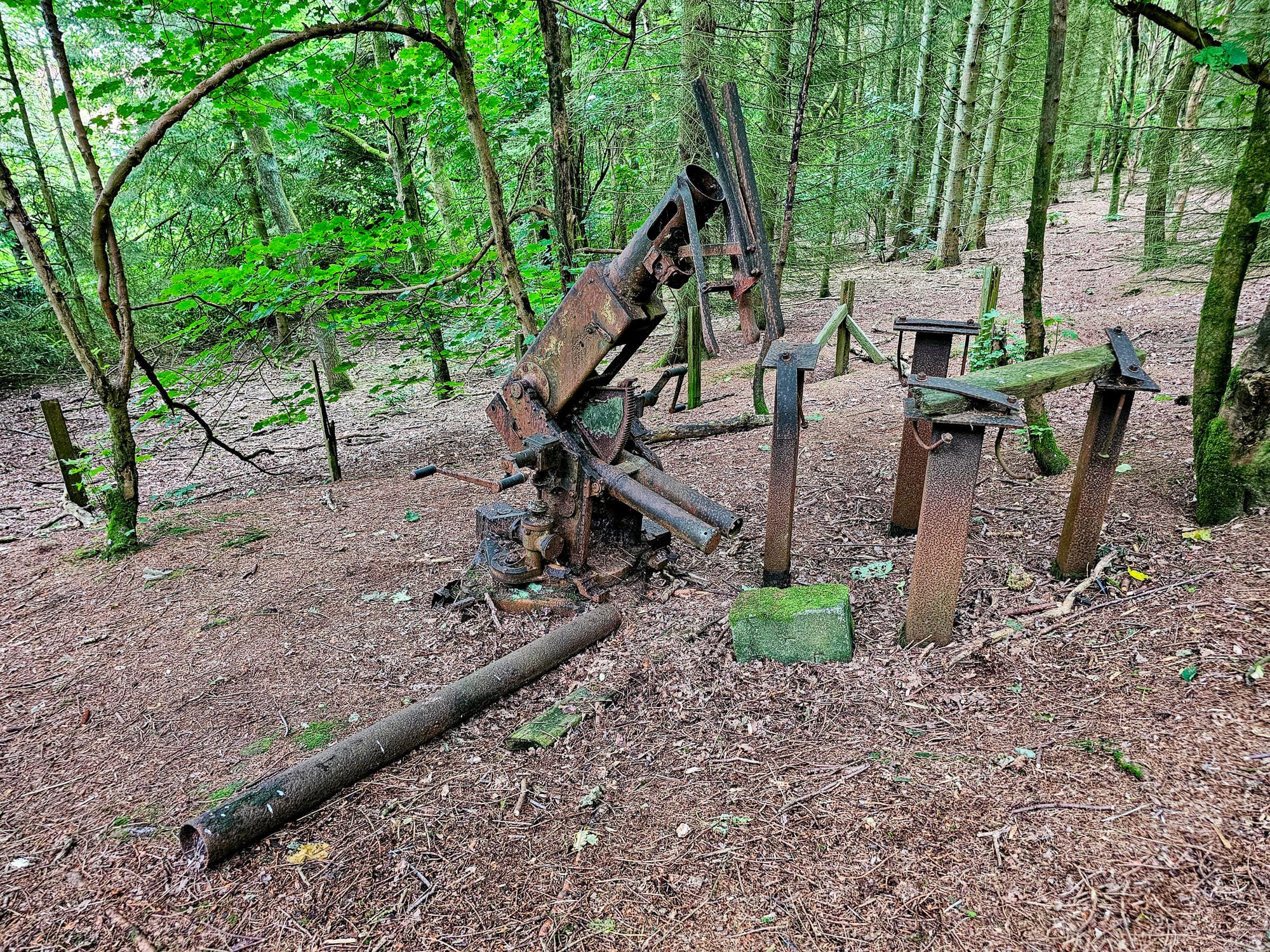Nestled within the tranquil woods of Keele University lies a piece of hidden history: a solitary Bofors gun mount, a relic of a time when the university grounds played an unexpected role in both astronomical research and wartime activities. This unassuming artefact, now largely forgotten, carries with it a rich history thatt is both military and scientific.
Watch my video on YouTube

The Journey to Keele Observatory
In the late 1960s, Keele Observatory embarked on an ambitious project to enhance its research capabilities by installing a radio telescope. This endeavour led to the acquisition of two 12-foot radio dishes from Daventry, transported to Keele with the assistance of Beresfords of Tunstall. However, mounting these dishes required a bit of ingenuity. The solution came in the form of two scrap Bofors gun mounts, procured from a nearby scrapyard known as Hamptons.
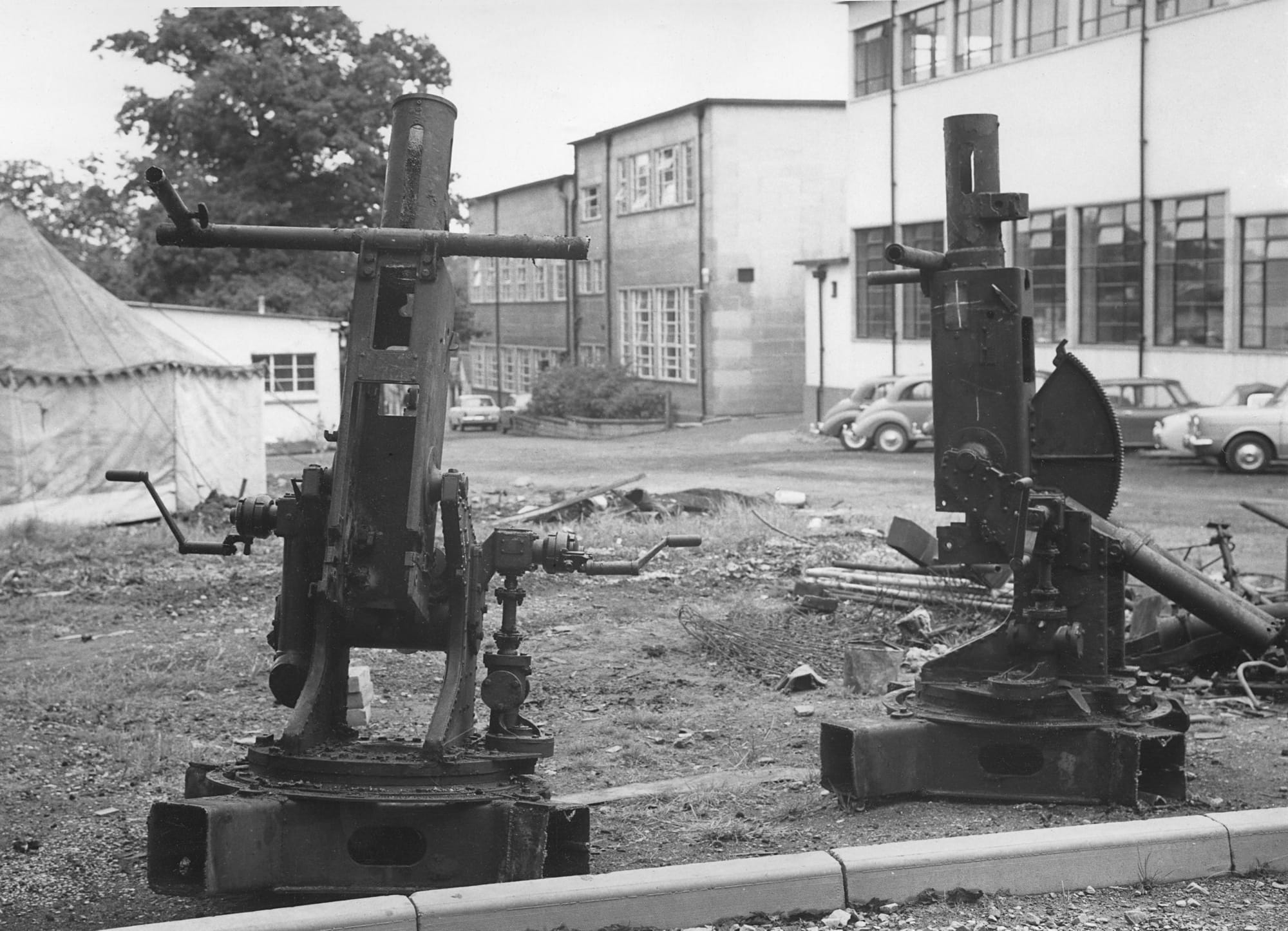
An undergraduate member of Keele AstroSoc undertook the task of modifying the gun mounts to accommodate the dishes. The mounts were drilled and prepared, and with the help of a truck-mounted crane, the dishes were positioned on either side of Observatory Hill along an east-to-west line. The operation was fraught with excitement and danger as the crane, only marginally stable, nearly tipped over during the installation.
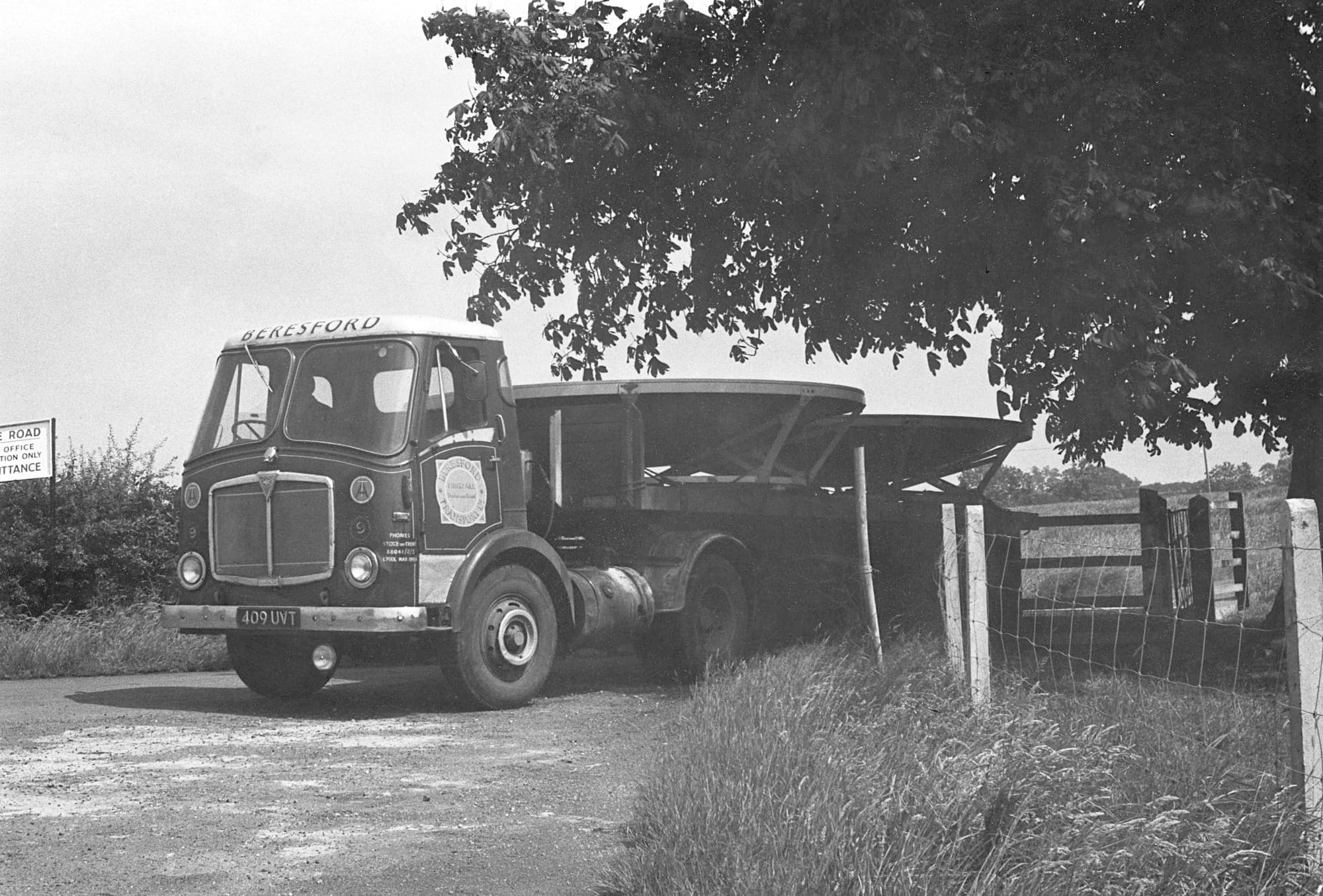
Despite the enthusiasm and effort, the radio telescope system struggled to achieve significant results due to the limitations of the electronics available at the time. By the 1970s, the dishes were rendered obsolete and were eventually relocated to Newchapel Observatory. Of the two original gun mounts, only one remains hidden in the woods, serving as a hidden reminder of this chapter of Keele's history.
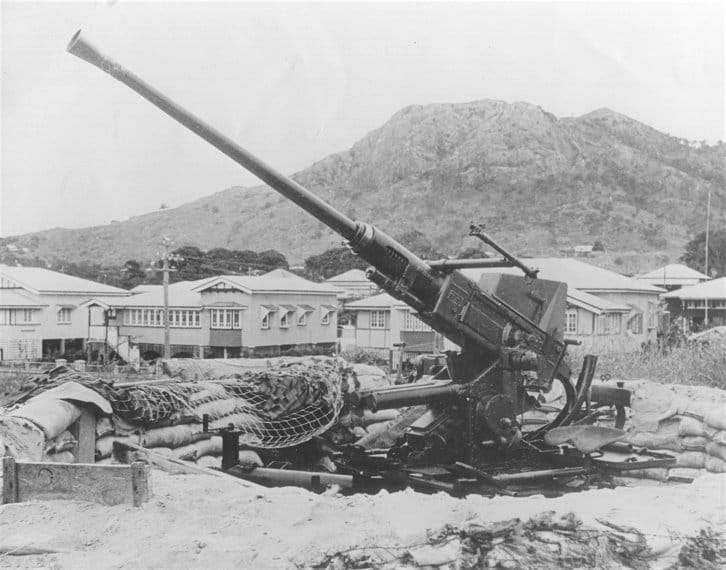
The Bofors 40 mm L/60 Anti-Aircraft Gun: A Brief History
The Bofors 40 mm L/60 anti-aircraft gun, developed in the early 1930s by the Swedish company AB Bofors, was designed to counter the threat of low-flying aircraft. This autocannon, capable of firing 120 rounds per minute with remarkable accuracy, quickly gained international acclaim for its reliability and effectiveness.
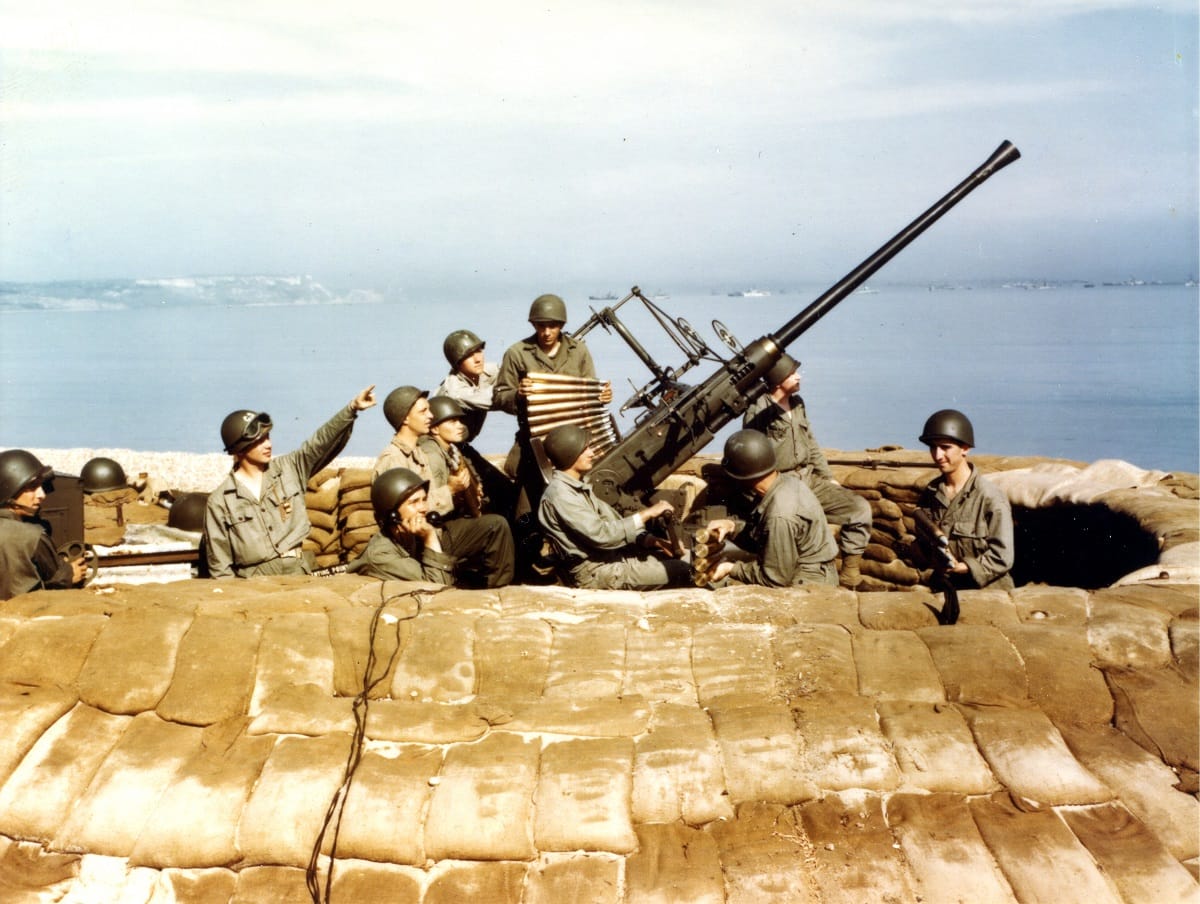
World War II Service
During World War II, the Bofors gun saw widespread use across various military forces:
United Kingdom: The Bofors gun was integral to Britain's defence strategy, particularly during the Battle of Britain, where it helped repel Luftwaffe attacks. It was deployed extensively in both naval and ground-based roles.
United States: Under the designation M1, the Bofors gun was produced under licence and utilised by the U.S. Navy and Army, becoming a staple in protecting convoys and key installations.
Germany and Other Axis Powers: The versatility of the Bofors gun meant that even captured versions were employed by the Axis powers, further testifying to its superior design.
Post-War Legacy
The Bofors 40 mm L/60 continued to serve many nations' anti-aircraft defences well into the latter half of the 20th century. It became a NATO standard, and its design influenced the development of subsequent anti-aircraft systems. Upgrades with modern fire control systems and improved ammunition ensured its continued relevance.
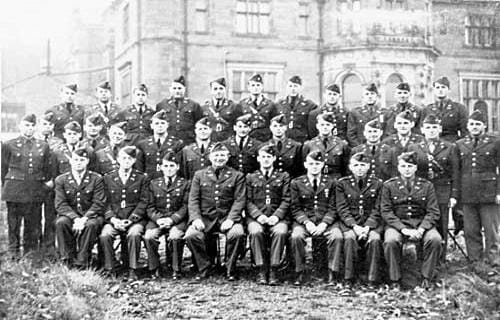
Keele During Wartime
The history of Keele University during the wartime years adds another layer of context to the presence of the Bofors gun mount. In 1939, the Keele Park estate was requisitioned by the military, transforming the serene grounds into a bustling hub for troops. The Hall was occupied, and numerous temporary structures were erected to house soldiers, many of whom were in transit or undergoing training. Troops evacuated from Dunkirk in 1940 were among those who passed through Keele, marking the estate's significant, albeit transient, role in the war effort.
The lone Bofors gun mount in Keele's woods is more than just a forgotten artefact; it is a bridge connecting the university's scientific ambitions with its wartime heritage. From its role in supporting radio astronomy to its origins as part of a formidable anti-aircraft weapon, this rusty old mount, tucked away in the woods, symbolises resilience and adaptation. It stands quietly, inviting those who stumble upon it to uncover and appreciate the layered history it represents.

Check out my online shop for my local photography and art
Check out my recommended reading list
